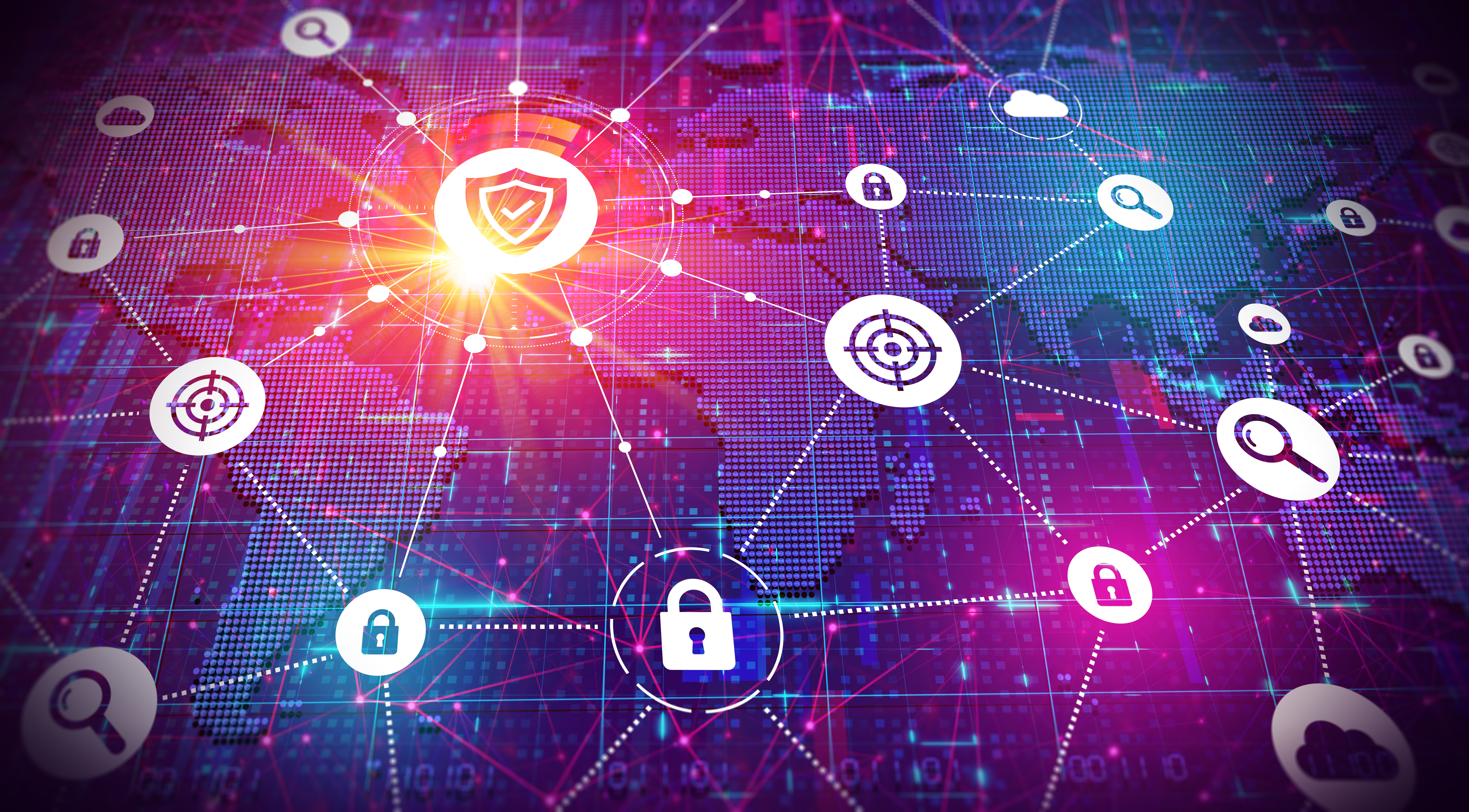Relieving the Stress of Five Modern Cybersecurity Challenges

Year after year we continue to see one consistency in the cybersecurity industry – evolving challenges for protecting and securing organizational data and sensitive information from outside attacks. There is a growing need for companies to address the complexities that come with these challenges to create a resilient tech ecosystem. The slight hiccup we’re finding that many organizations are running into is that simply expanding personnel is not always sufficient as the challenges extend beyond technological limitations to include human factors, maturity levels, and the effectiveness of investments.
Let’s cover five common core challenges and why simply adding people may not be the best solution. Rather, there is a potential solution that is gaining traction within the cybersecurity landscape that could be the answer to these challenges.
Challenge 1: The Incongruence of Technology
Many organizations find themselves burdened with an assortment of expensive cybersecurity technologies that fail to deliver the intended outcomes. The inability to integrate and optimize these tools so they work in a cohesive, symbiotic manner cannot be solved by merely increasing staff levels. It’s not about having more people; it’s about having the right technology and processes in place. The first step to removing this challenge is to complete a technology and process audit to see what gaps you currently have.
Challenge 2: Cybersecurity Investments Falling Short
If there truly was an “easy button” solution that worked, cybersecurity would be much easier. Sadly, many of the templated Manage Detect and Respond (MDR) and Security Operations Centre (SOC) are not properly configured to meet an organization's specific needs. Without being customized to the unique business needs, they fail to address real risks and lack a clear plan for improving cybersecurity maturity. Here, we recommend looking at your current MDR or SOC (if applicable) to identify where the templated solution may leave you vulnerable.
Challenge 3: Burnt Out Employees Lead by a Burnt Out Leader
The burden of manual monitoring in cybersecurity, coupled with the incessant flood of false-positive security alerts, is taking a toll on employees and leaders. A 2022 survey conducted by Heidrick & Struggles, a U.S. executive search firm, highlights stress and burnout as significant risks for cybersecurity teams. Responding to this, business leaders invest in 24/7 monitoring, detection, and response (MDR) solutions. However, the lack of visibility into the current service leaves leaders unsure about what to protect, potentially exposing them to greater risks. Despite implementing traditional MDR solutions, organizations struggle to respond promptly to malicious intrusions, risking data and business continuity. The reliance on a few dedicated professionals for incident response, often without adequate support, leads to burnout and an unsustainable strategy. When a serious incident occurs many leaders need clarification on the next steps.
This leads us to another challenge pertaining to your people.
Challenge 4: Leaving People Out of the Loop
Cybersecurity often overlooks the human factor, neglecting the importance of cultivating skilled personnel and efficient incident response protocols. In smaller and medium companies, maintaining an in-house Security Operations Center (SOC) is cost-prohibitive. To bridge this gap, direct engagement with the cybersecurity team becomes paramount. Establishing robust connections within the team fosters proactive collaboration, equipping members with essential skills to address evolving threats. While concerns about vendor lock-in persist, a communicative internal team ensures tailored solutions, contributing to a more resilient cybersecurity posture in the face of dynamic challenges.
Challenge 5: Underdeveloped Cybersecurity Maturity
Many business leaders struggle to identify their organization’s cybersecurity maturity level, leading to difficulties in implementing effective playbooks and ensuring rapid incident response. The lack of maturity in governance, processes, roles, and responsibilities creates accountability gaps, hindering cybersecurity outcomes and overall business growth. When leaders have insight into their cybersecurity maturity, they create more effective playbooks for reducing incident detection and response times.
A Potential Solution to the Cybersecurity Challenges
While templated MDR tools solutions may not be the right option, when properly configured and customized to your organizational needs, MDR solutions can provide a comprehensive approach to tackle the intricacies and multifaceted challenges of the cybersecurity landscape.
Unlike templated approaches, customized MDR provides a comprehensive strategy that considers unique business needs, filters out distracting noise, and focuses on measurable outcomes. It offers the necessary support, personalized attention, and expertise that big-name vendors may lack. From this, companies are equipped to set better key performance indicators (KPIs) for their cybersecurity investment, and clearly define the processes and roles for incident response. This results in greater accountability for dealing with incidents, creating a robust security framework for measuring outcomes.
Further, when an MDR solution is customized for your organization’s ecosystem, you can extract the full value of your cybersecurity investment due to operational efficiencies. From greater clarity and transparency into the cybersecurity investment, leadership can provide clear direction for their people in where to spend their time – often resulting in reducing risks and threats, while increasing efforts in achieving business goals.
To delve deeper into the world of Managed Detection and Response and discover how it can transform your cybersecurity landscape, we encourage you to download our full white paper on Kiss Sleepless Nights Goodbye: A Proven, Pain-Free Path to SOC Outcomes. You can download it here.
If there’s one thing at ADVANTUS360 we know will improve a company’s cybersecurity it’s taking a more integrated, human-centric, and maturity-driven approach. If you’re curious about how an MDR solution might look for your organization, connect with us today for an initial conversation.





